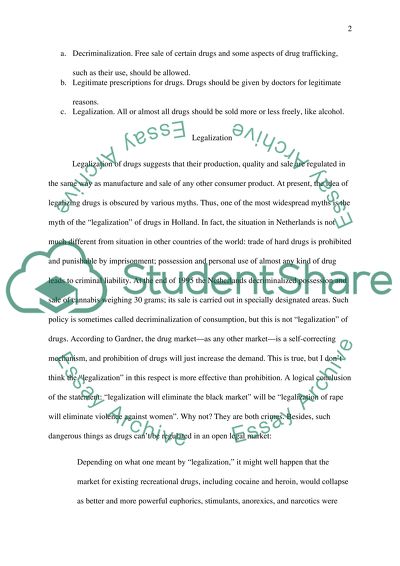Cite this document
(Legalization Of Drugs: Measures Against Drug Trafficking Essay, n.d.)
Legalization Of Drugs: Measures Against Drug Trafficking Essay. Retrieved from https://studentshare.org/social-science/1400346-essay
Legalization Of Drugs: Measures Against Drug Trafficking Essay. Retrieved from https://studentshare.org/social-science/1400346-essay
(Legalization Of Drugs: Measures Against Drug Trafficking Essay)
Legalization Of Drugs: Measures Against Drug Trafficking Essay. https://studentshare.org/social-science/1400346-essay.
Legalization Of Drugs: Measures Against Drug Trafficking Essay. https://studentshare.org/social-science/1400346-essay.
“Legalization Of Drugs: Measures Against Drug Trafficking Essay”, n.d. https://studentshare.org/social-science/1400346-essay.


